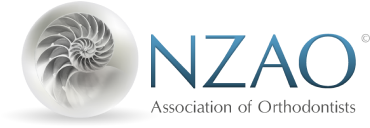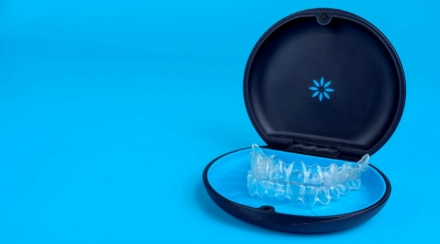There are a number of different options available for orthodontic treatment. Your orthodontist can help you to understand which of the available options is right and most effective for you or your child. Here is a quick guide to understanding the different options.
Plates
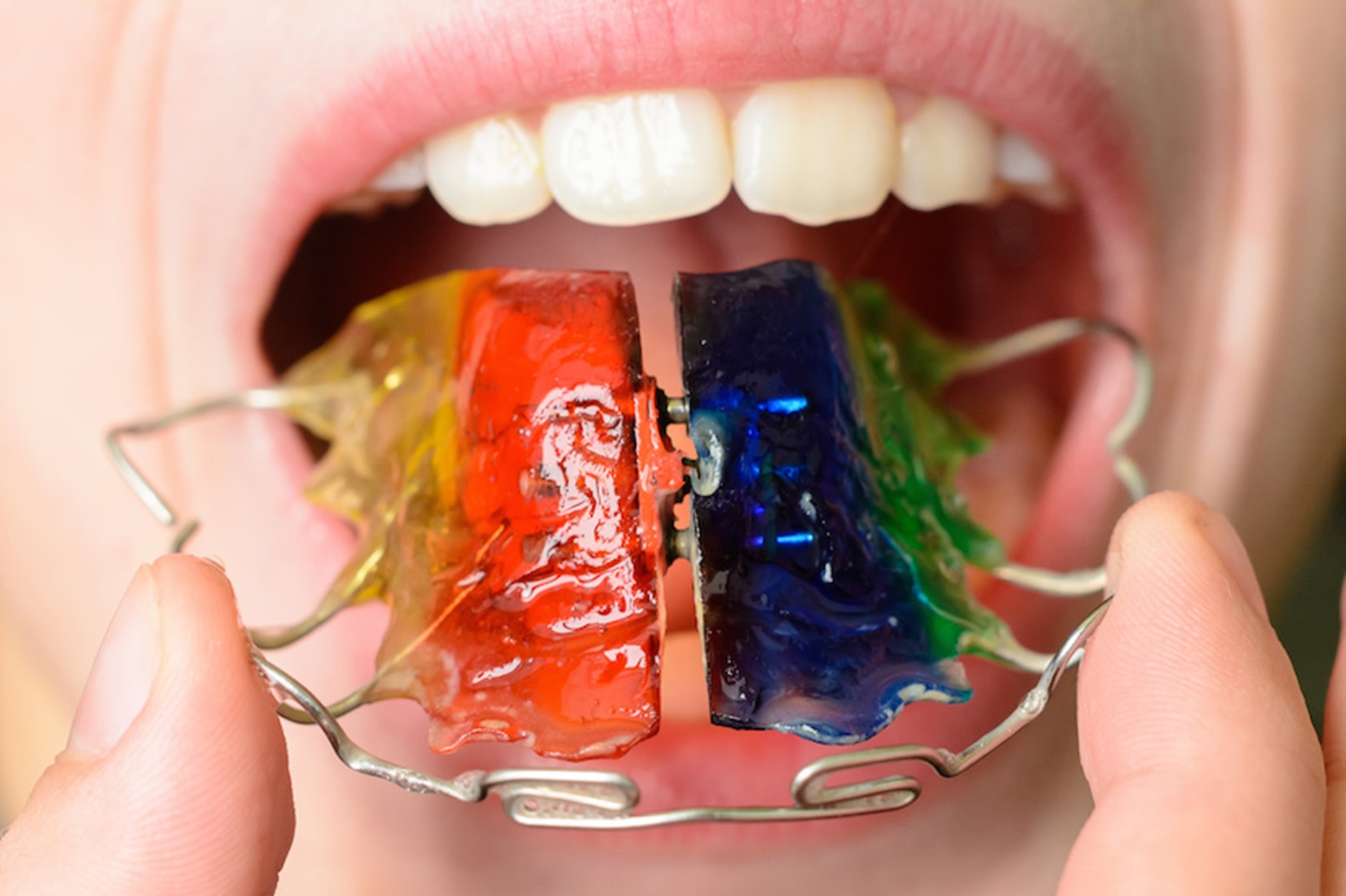
Removable plates can be a great treatment choice for smaller treatments like cross bites, and are adjusted by your orthodontist at regular intervals. Usually cheaper than full braces, in the right cases, a plate can simplify or even prevent the need for future orthodontic treatment.
Metal Braces

Metal braces have been around for more than 100 years, and remain one of the most popular orthodontic treatments today. Used to both straighten teeth and correct bites using metal bands, brackets and thin metal wires, they are robust and perfectly suited to tackling complex tooth movements to create that perfect smile.
Ceramic (clear) Braces
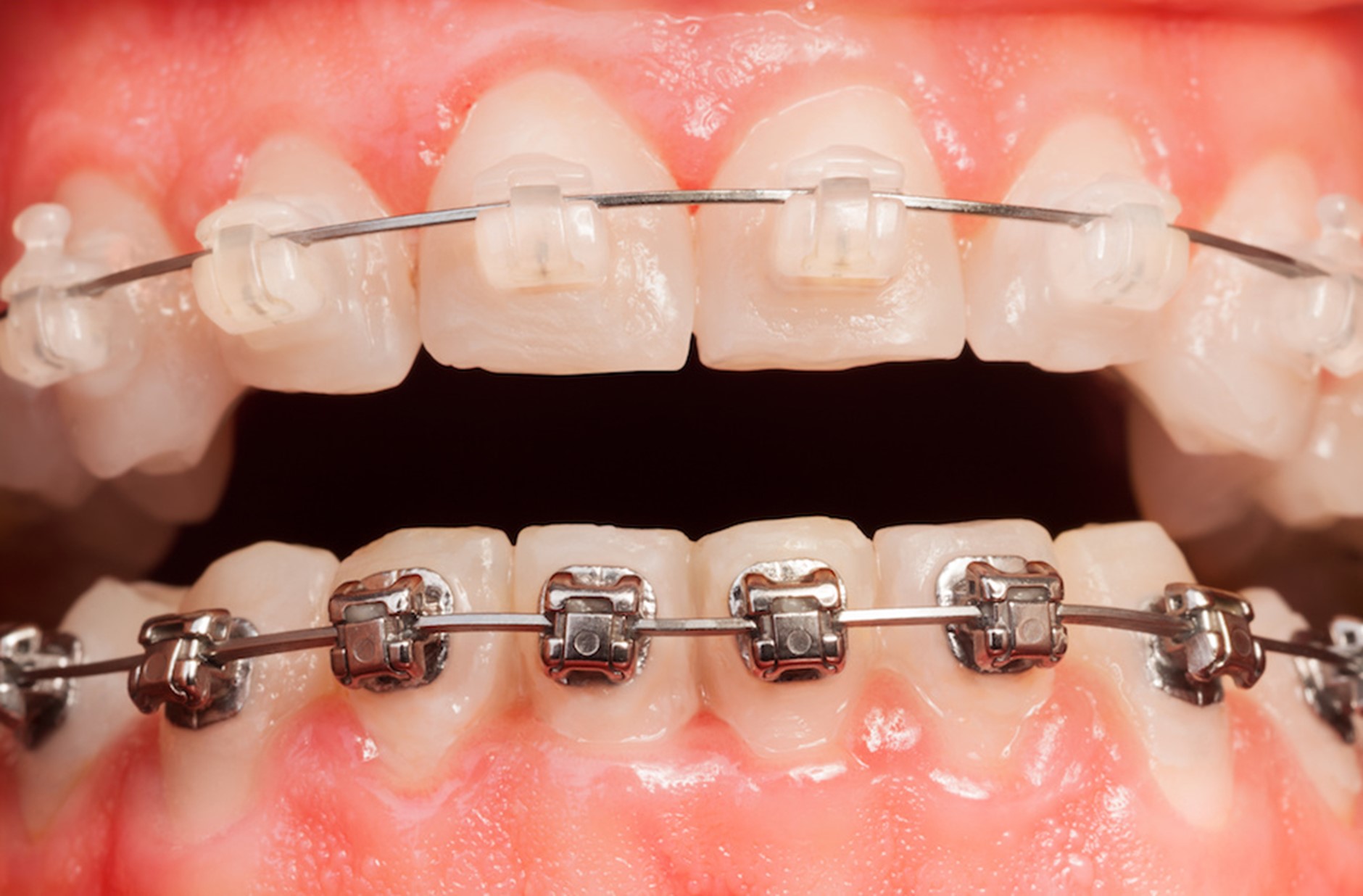
Popular among both adults and teenage patients, ceramic braces offer the same treatment as metal braces but are made from a more discrete tooth-coloured ceramic instead of the traditional stainless steel.
Lingual Braces
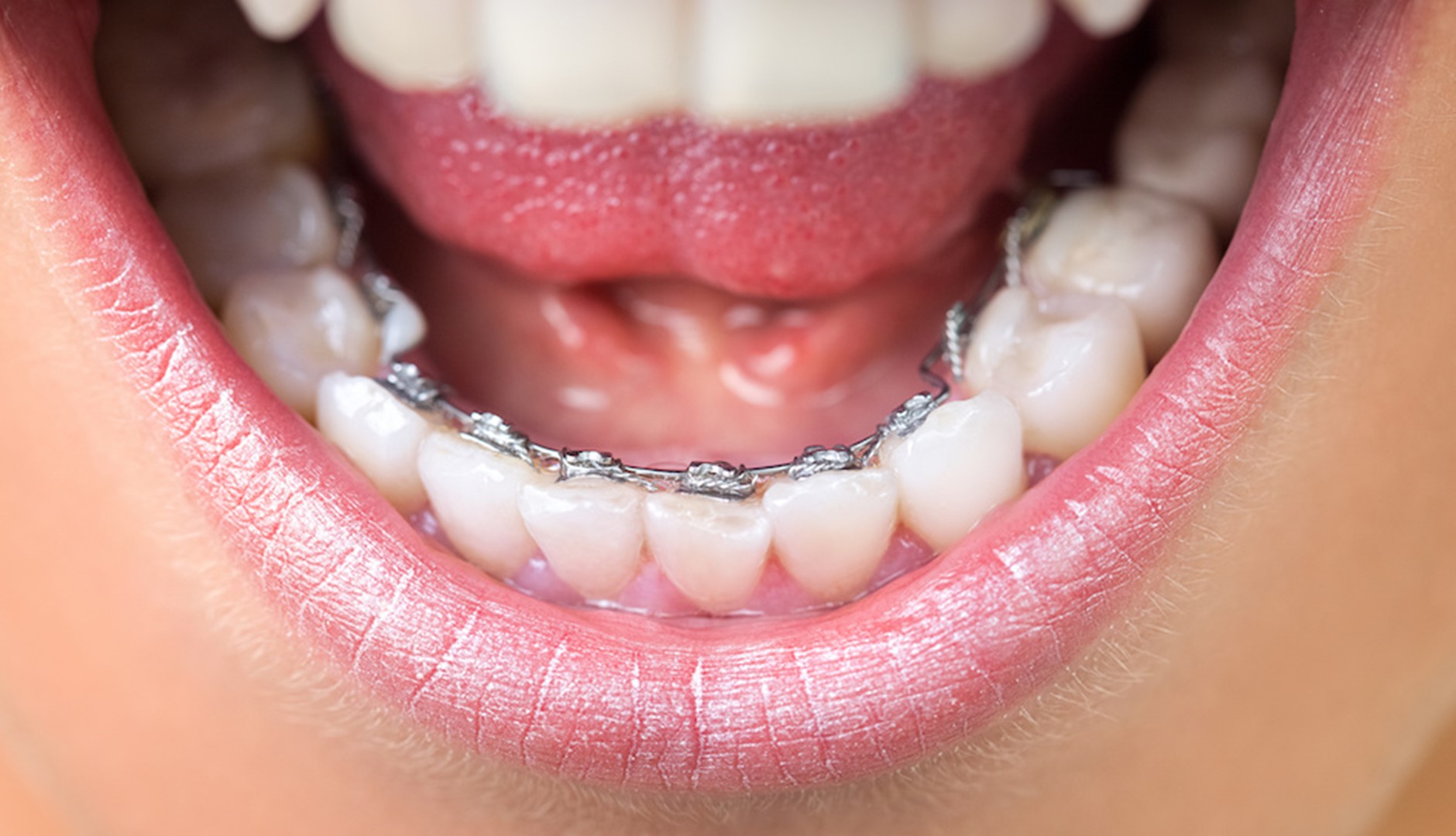
Lingual braces are placed on the inside of the teeth, and are the most invisible teeth straightening option available. There are advantages and disadvantages to having braces on the inside of the teeth. Talk to your local orthodontist today to see if this option is available to you or your child.
Clear Aligners
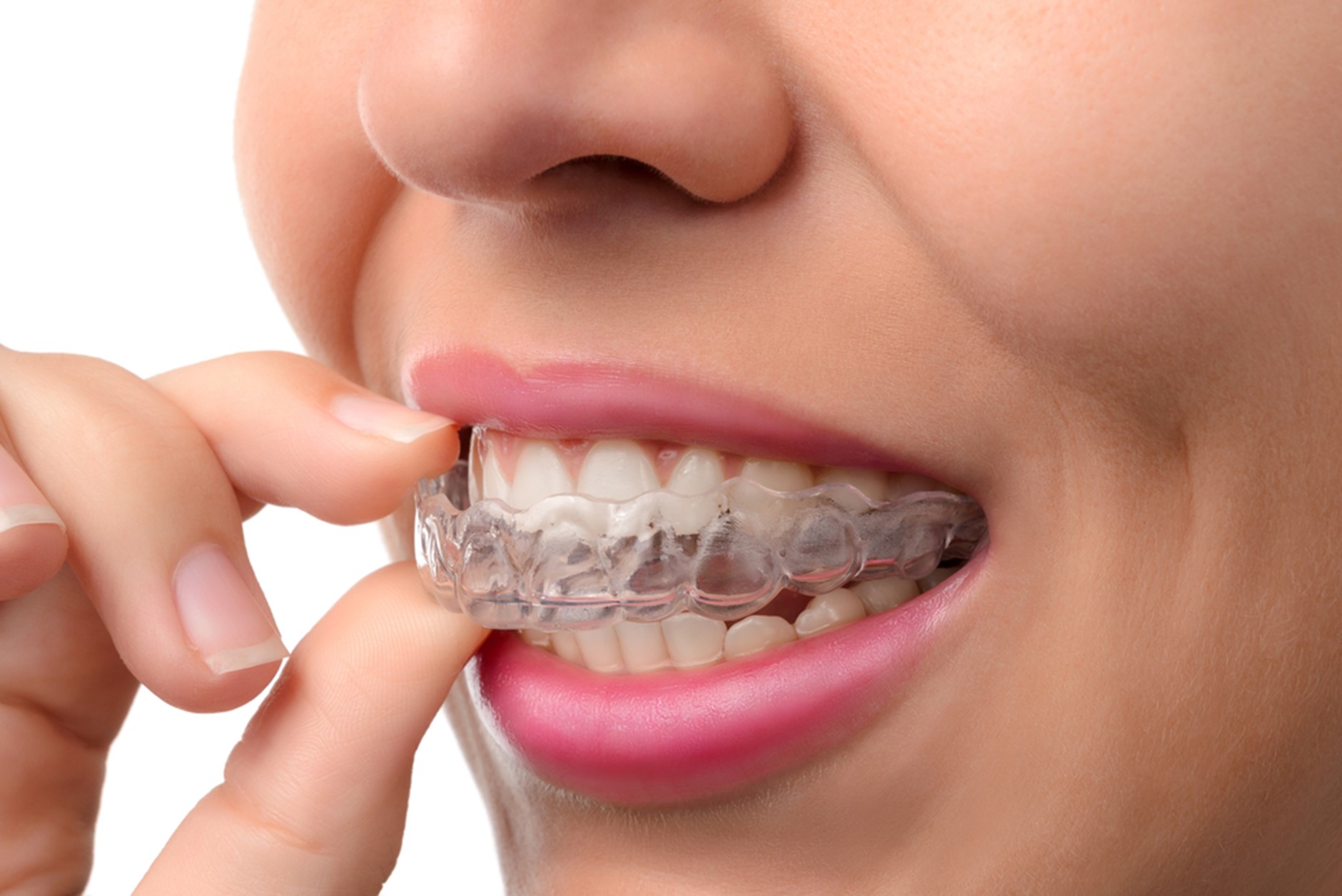
Clear aligners (like Invisalign) are another alternative to braces. Made from plastic, they incrementally move teeth into new positions and are changed every 7-14 days (depending on your treatment plan and orthodontist’s recommendations). It is really important to wear the aligners for the recommended time.
Short-term or ‘fast’ orthodontic products
Unsurprisingly, the speed of tooth movement depends on bone biology, rather than the type of braces used. Moving teeth safely through bone requires light forces over a gradual period of time. Most “quick treatments” are in fact, identical to the initial alignment phase of traditional orthodontic treatment.
Orthognathic (Jaw) Surgery
Teeth can only be moved within the limits of the jaw bone and gums. If there is a significant mismatch of position of the upper and lower jaw, braces alone may not be able to achieve a result. In these cases, orthodontics as well as surgery can be used to correct the bite. In most situations, surgery is carried out when the jaw has fully grown (late teens or early adulthood), so patients don’t outgrow their treatment.
What treatment is right for me?
There are many different options and your orthodontist can help you to understand which of the available option is right and most effective for you or your child.
